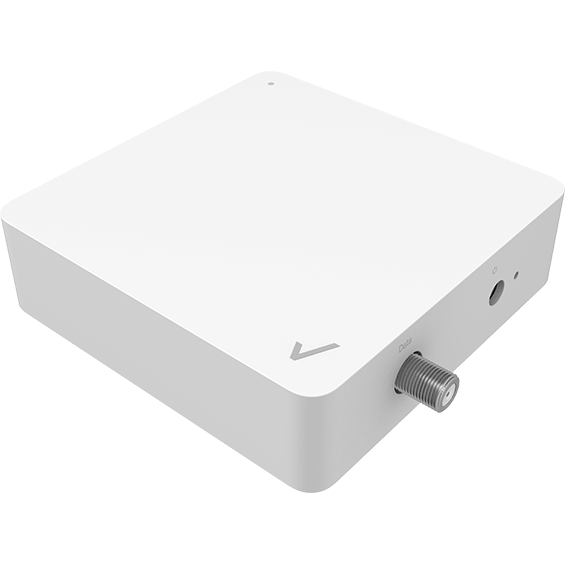
If you’re a Verizon customer, you may have noticed that your internet connection has been slow or unreliable lately. One possible solution to this problem is to replace your Verizon router. In this article, we’ll provide a comprehensive guide to replacing your Verizon router, including why you might want to do it, what to look for in a new router, and how to set up your new router once you’ve purchased it.
Why Replace Your Verizon Router?
There are several reasons why you might want to replace your Verizon router. First and foremost, if you’re experiencing slow or unreliable internet connection, a new router may be able to fix the problem. Additionally, if your current router is outdated, you may not be getting the best possible speeds from your internet service provider. Finally, if you’re looking for additional features or functionality that your current router doesn’t offer, such as parental controls or advanced security settings, a new router may be the solution.
What to Look for in a New Router
When shopping for a new router to replace your Verizon router, there are several factors to consider. First and foremost, you’ll want to make sure that the router is compatible with Verizon’s network. Most modern routers should work with Verizon, but it’s always a good idea to double-check before making a purchase.
In addition to compatibility, you’ll want to consider the speed and range of the router. Look for a router that can handle the maximum speed offered by your internet service provider, and that has a range that covers your entire home or office. You may also want to look for additional features such as parental controls, guest networks, and advanced security settings.
Finally, consider the price of the router. While you don’t necessarily need to spend a lot of money to get a good router, it’s important to remember that you get what you pay for. A more expensive router may offer better performance and more features than a cheaper model.
Setting Up Your New Router
Once you’ve purchased your new router, it’s time to set it up. The exact process will vary depending on the make and model of your router, but in general, you’ll need to follow these steps:
1. Unplug your old router from the wall and disconnect all cables.
2. Connect your new router to the modem using an Ethernet cable.
3. Connect your computer to the new router using another Ethernet cable.
4. Power on the modem, then the router, and finally your computer.
5. Follow the instructions provided by the router manufacturer to complete the setup process.
During the setup process, you’ll need to configure your wireless network settings, including the network name (SSID) and password. You may also want to set up any additional features or settings that your new router offers, such as parental controls or guest networks.
Troubleshooting Common Issues
If you’re having trouble setting up your new router or experiencing issues with your internet connection after replacing your Verizon router, there are several common issues that you may be facing. Here are a few troubleshooting tips:
– Make sure that your new router is compatible with Verizon’s network.
– Check that all cables are securely connected and that the modem and router are powered on.
– Try resetting your new router to its factory settings and starting the setup process again.
– Contact Verizon customer support for additional assistance if needed.
Conclusion
Replacing your Verizon router can be a great way to improve your internet connection and get additional features and functionality. When shopping for a new router, be sure to consider compatibility, speed and range, features, and price. Once you’ve purchased your new router, follow the setup instructions provided by the manufacturer, and don’t hesitate to contact customer support if you run into any issues. With a little bit of effort, you can enjoy a faster and more reliable internet connection in no time






